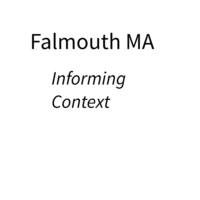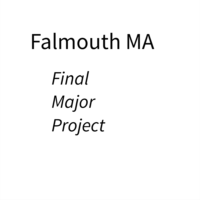This week we have explored the topic of speaking photographically looking at the different bodies of work by Daniel Gustav Cramer and how those different bodies of work can be also viewed as a collective. At a macro level it is interesting to see how these different bodies of work can be viewed as a singular body of work in trilogy. Each body of work had a cohesive aesthetic that created continuity across the images. I am looking to develop my own practice to become a fine art photography practice and one of the weaknesses I identified in my own work was I was shooting for singular images rather than a bodies of work informed by a concept. I do not find it difficult to identify concepts to explore photographically and therefore the following quote by resonates with the way I construct images.
“The work never serves the concept. The concept is rather a starting point from where I can freely explore the potential that has been laid out. And quite often, the concept is transformed during the process and might end up just as an echo of its own voice” (Cramer in Parisi, 2010, p.51)
During the last few weeks I have realised that due to the pressures of photographic theory I have not been shooting enough therefore I decided to create the photographic interlude as a playful way to explore the different topics being discussed in critical theory. For week 7 I selected Tomato Soup as the base object to shoot concepts around. The following images showing my editing process for selecting the final image for the psycho homage inside tomato soup project. Blood substitutes such as tomato were regularly used as in movies though the colouring used in tomato soup has created an orange coloured blood.
The next concept I explored using tomato soup was the subject of food addiction with the contents of packet of tomato soup representing the drug in the image. This subject is explored in more detail in the Family of Tomato Soup – Concept 2. I view the following quotes from Sekula and Berger contextualise the concept perfectly.
“A photograph is an utterance of some sort, that it carries, or is a message. However the definition also implies that the photograph is an ‘incomplete’ utterance, a message that depends on some external matrix of conditions and presuppositions for its readability. That is, the meaning of any photographic message is necessarily context-determined” (Sekula 1982, p. 85)
“Photographs in themselves do not narrate. Photographs preserve instant appearance” (Berger, 2013, p.52)
When I looking across my projects there is a common thread based around the introduction of the 4th dimension time into my images. Berger discusses this topic in his work “A photograph arrests the flow of time in which the event photograph once existed” (Berger, 2013, p.62). A number of my projects look to do more than just arrest the flow of time instead they look to extend time within the image. No 15 Eldon Street is a good example where that approach has been brought to life.
Berger, John (2013) Understanding a Photograph London: Penguin
Parisi, Chiara (2010) ‘Interview with Daniel Gustav Cramer’ in Klat Magazine (no. 4, October 2010) [WWW] https://goo.gl/swXjjd
Sekula, Allan (1982) ‘On the Intervention of Photographic Meaning’ in Burgin, Victor (ed.) ThinkingPhotography London: Palgrave Macmillan








Pingback: The Family of Tomato Soup – Concept 1